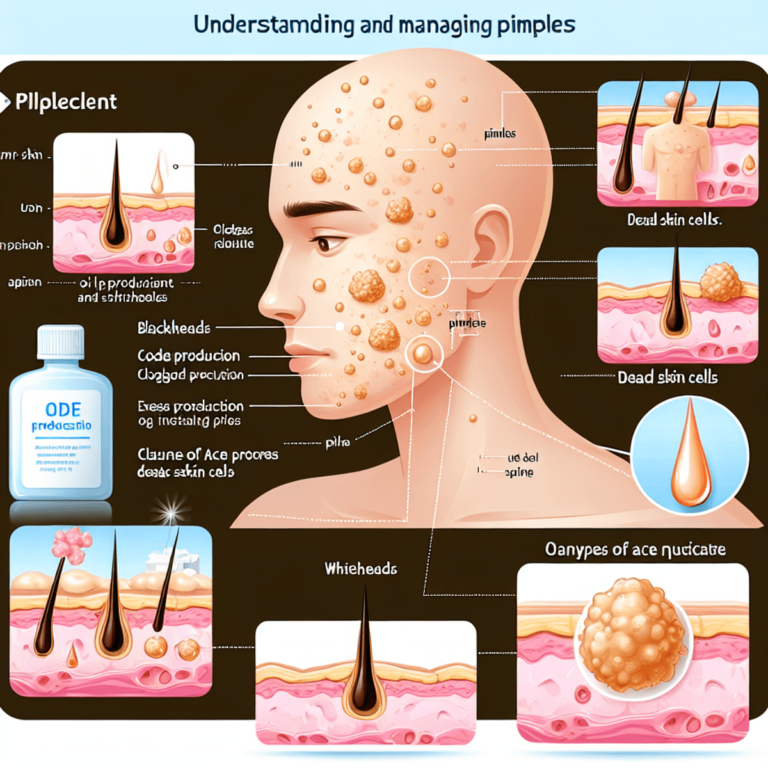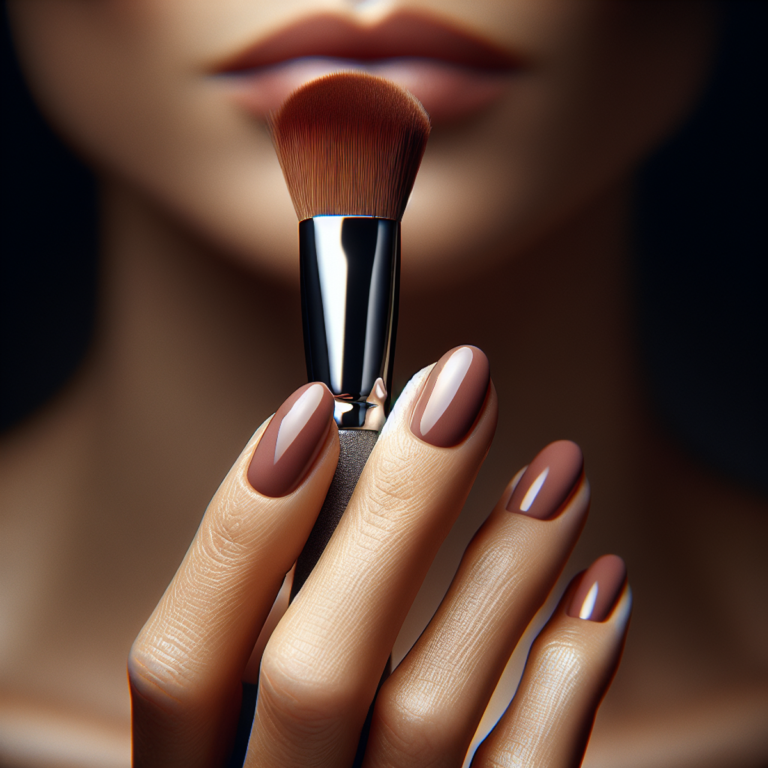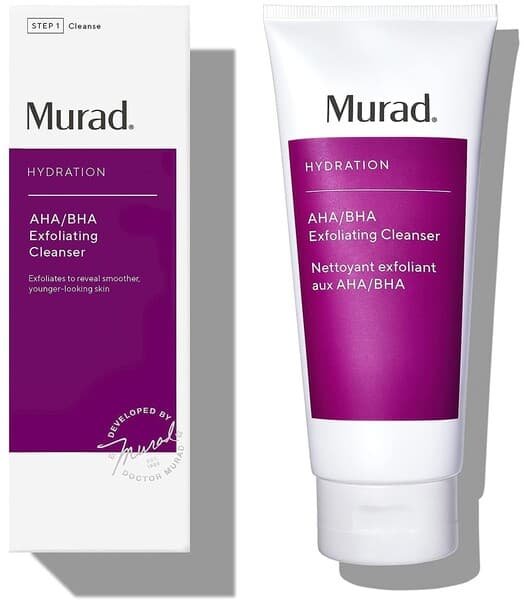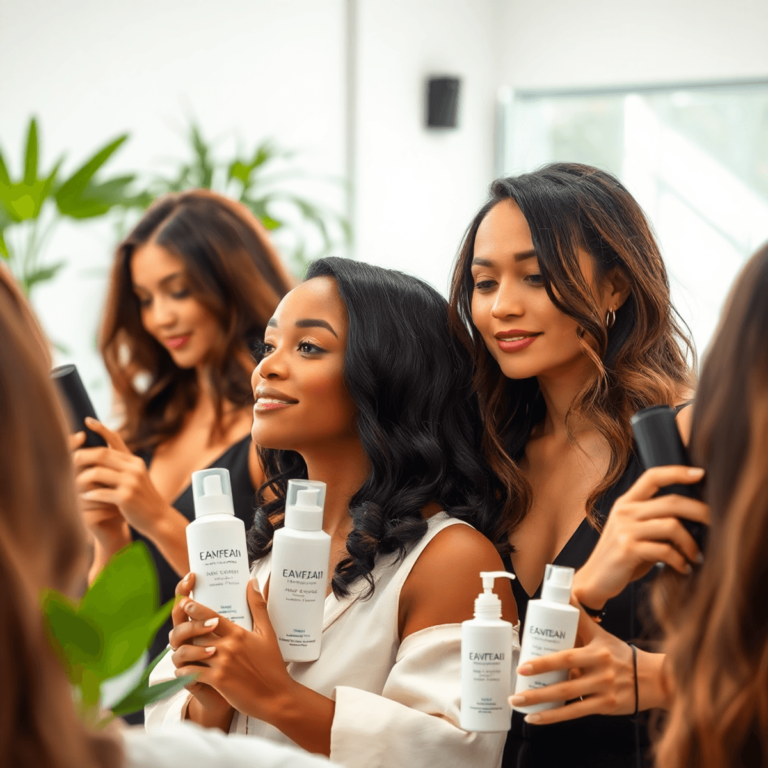The problems with using toothpaste to remove a pimple
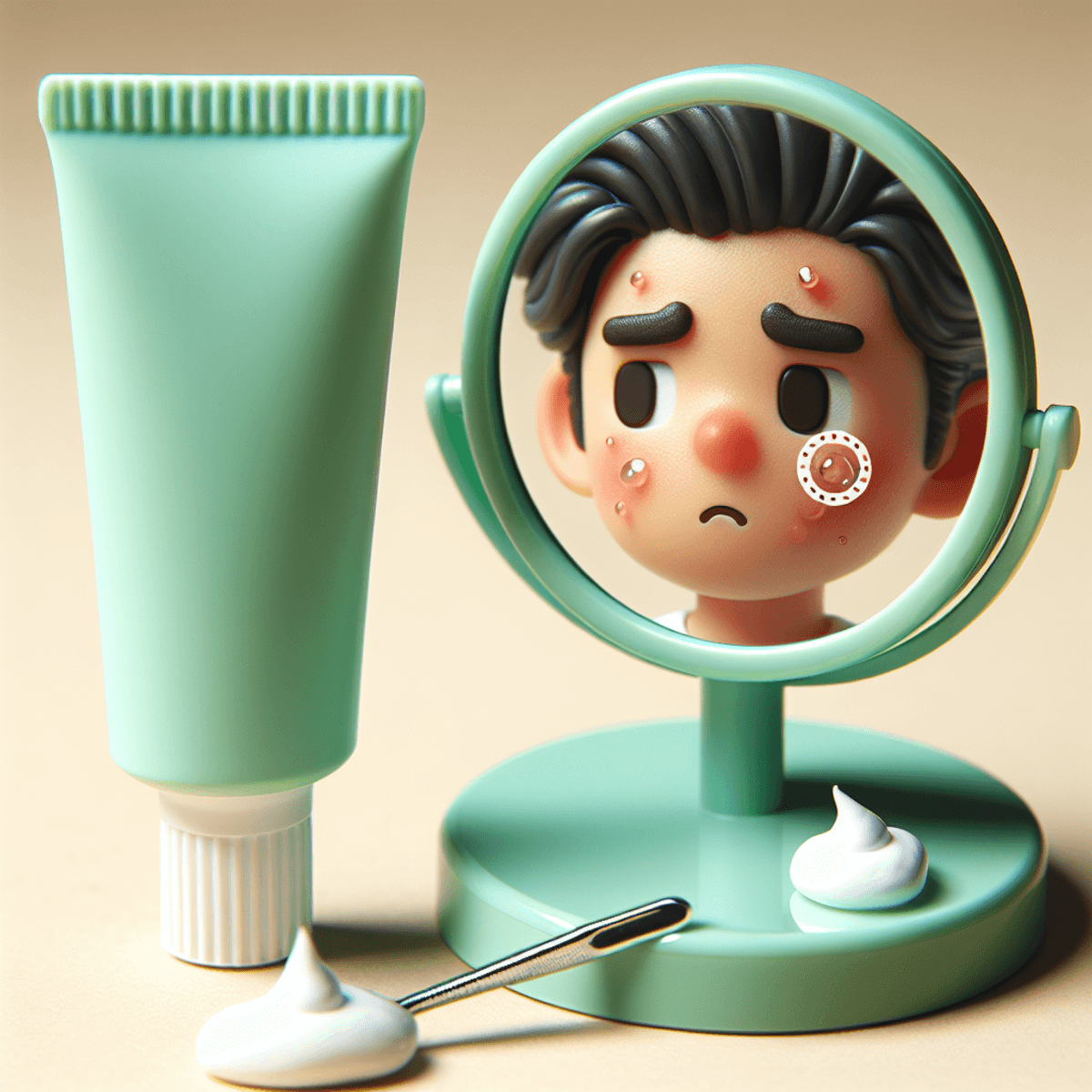
Understanding Acne and Pimples
Acne is a common skin condition that affects many individuals, particularly during adolescence. Understanding its causes and types can help in better management and prevention.
What Causes Pimples and Acne?
Pimples and acne are primarily caused by:
- Hormonal Changes: Fluctuations in hormones, especially during puberty, menstruation, or stress, can increase oil production in the skin.
- Excess Sebum Production: Overproduction of sebum (oil) by the sebaceous glands can clog pores.
- Dead Skin Cells: Accumulation of dead skin cells in the pores can lead to blockages.
- Bacteria: The presence of bacteria Propionibacterium acnes in clogged pores can cause inflammation and infection.
Types of Pimples
Different types of pimples include:
- Whiteheads: Closed comedones where pores are clogged with sebum and dead skin cells but remain covered by a thin layer of skin.
- Blackheads: Open comedones where the clogged material is exposed to air, causing it to oxidize and turn black.
- Cystic Acne: Severe form involving deep, painful cysts filled with pus, often leaving scars.
The Role of Oil Production and Bacteria in Acne Formation
Oil production is essential for maintaining healthy skin. However, excessive sebum can mix with dead skin cells to block hair follicles. Propionibacterium acnes, a bacterium naturally found on the skin, thrives in these clogged follicles, leading to inflammation and the formation of pimples.
Understanding these factors highlights why proper skincare routines are crucial. It also underscores why using inappropriate treatments like toothpaste can aggravate the problem rather than solve it.
Why Toothpaste is Not a Good Solution for Pimples
Skin Irritation
Toothpaste contains several ingredients that can irritate the skin. Key irritants include:
- Calcium Carbonate: Often used as an abrasive, it can cause redness and peeling when applied to sensitive facial skin.
- Triclosan: An antibacterial agent that may lead to allergic reactions, resulting in itching or swelling.
- Methanol and Baking Soda: These substances can dry out the skin excessively, leading to irritation and discomfort.
Symptoms of irritation from toothpaste use on the skin can range from mild redness to severe burning sensations.
Over-Drying Effects
While toothpaste might temporarily dry out a pimple, it also strips the skin of essential moisture. This over-drying effect can have several consequences:
- Increased Oil Production: The skin may compensate for the loss of moisture by producing more oil, which can trigger additional breakouts.
- Flaky Skin: Excessive drying can result in flaky patches and an uneven skin texture.
This cycle of over-drying followed by increased oil production often leads to more breakouts rather than fewer.
Lack of Scientific Evidence
The American Academy of Dermatology explicitly states there is no scientific evidence supporting toothpaste as an effective acne treatment. Instead, they recommend treatments that have been scientifically proven to be effective, such as:
- Benzoyl Peroxide
- Salicylic Acid
These ingredients are found in many over-the-counter acne treatments and have been clinically shown to reduce pimples without causing harm.
Potential for Long-Term Damage
Prolonged use of toothpaste on the skin can cause significant long-term damage. Risks include:
- Harm to Skin Barrier: Continuous irritation from toothpaste weakens the protective barrier of your skin, making it susceptible to further damage.
- Infections: Repeated use increases the risk of bacterial infections due to compromised skin integrity.
The risks associated with using toothpaste for pimples outweigh any perceived short-term benefits. Effective alternatives exist that don’t carry these potential dangers.
Effective Ways to Get Rid of Pimples
Immediate Solutions
When dealing with a sudden breakout, you might be wondering how to get rid of pimples overnight. Quick methods can help reduce pimple size and redness rapidly.
Ice Treatment
Applying ice to a pimple can help reduce inflammation and swelling. Wrap an ice cube in a clean cloth and hold it against the pimple for a few minutes. This method may not eliminate the pimple entirely, but it can make it less noticeable.
Over-the-Counter Treatments
- Benzoyl Peroxide: This ingredient kills bacteria and reduces inflammation. It’s available in various strengths, typically ranging from 2.5% to 10%.
- Salicylic Acid: Known for its ability to exfoliate the skin and clear clogged pores, salicylic acid can be found in many acne spot treatments.
- Sulfur: Sulfur helps dry out the surface of your skin to absorb excess oil that may cause pimples.
Natural Remedies for Pimples
If you prefer natural treatments, several alternatives are both safe and effective for getting rid of pimples.
Tea Tree Oil
Tea tree oil has antibacterial properties that can help reduce acne-causing bacteria on the skin. Dilute it with a carrier oil like coconut oil before applying it to avoid irritation.
Honey
Honey is known for its anti-inflammatory and antibacterial effects. Applying a small amount of raw honey directly on the pimple can reduce redness and promote healing.
Long-Term Strategies for Pimple Prevention
Maintaining clear skin involves more than just treating individual pimples; adopting long-term strategies can prevent future breakouts.
Consistent Skincare Routine
A regular skincare regimen is essential. This should include:
- Cleansing: Use a gentle cleanser twice daily to remove dirt, oil, and makeup.
- Moisturizing: Even oily skin needs moisture. Opt for non-comedogenic moisturizers that won’t clog pores.
- Exfoliating: Incorporate an exfoliant like AHAs or BHAs once or twice a week to remove dead skin cells.
Lifestyle Factors
Certain lifestyle factors play a significant role in maintaining healthy skin:
- Diet: Consuming foods rich in antioxidants, vitamins, and minerals can improve your skin’s overall health. Avoid high-glycemic foods that may spike insulin levels and trigger acne.
- Stress Management: Chronic stress can lead to hormonal imbalances that exacerbate acne. Techniques such as yoga, meditation, or regular exercise can be beneficial.
- Hydration: Drinking plenty of water helps flush toxins from your body and maintains your skin’s elasticity and hydration levels.
Incorporating these practices into your daily routine will not only help in getting rid of pimples effectively but also prevent new ones from forming.
Understanding Your Breakouts
It’s important to understand the underlying causes of your breakouts for effective treatment. For instance, if you’re experiencing pimples on your chin, this could be due to hormonal changes or other factors. Moreover, certain natural remedies like aloe vera have shown promising results in treating acne due to their
Conclusion
Using toothpaste to treat pimples can lead to several issues. Ingredients like calcium carbonate and triclosan, commonly found in toothpaste, cause significant skin irritation. Symptoms such as redness, burning sensations, and peeling are common when these substances are applied to the skin. Over time, this can result in long-term damage to the skin barrier.
Toothpaste also has an over-drying effect, stripping your skin of essential moisture. This can trigger increased oil production, leading to more breakouts. The American Academy of Dermatology indicates that there is no scientific evidence supporting the use of toothpaste for acne treatment.
For safe acne treatment options, it’s crucial to seek dermatologist-recommended treatments. Proven effective ingredients include:
- Benzoyl Peroxide
- Salicylic Acid
- Alpha Hydroxy Acids (AHAs)
- Beta Hydroxy Acids (BHAs)
- Niacinamide
- Retinoids
- Sulfur
Adopting safer practices for managing acne is essential. Emphasize a consistent skincare routine that includes proper cleansing and moisturizing. Pay attention to lifestyle factors such as diet and stress levels which significantly impact skin health.
By choosing scientifically backed treatments and maintaining healthy skincare practices, you can manage acne effectively without risking damage to your skin.
FAQs (Frequently Asked Questions)
What causes pimples and acne?
Pimples and acne are primarily caused by excess oil production in the skin, clogged pores, and the presence of bacteria. Factors such as hormonal changes, diet, and stress can also contribute to the development of acne.
Why is toothpaste not a good solution for treating pimples?
Toothpaste can cause skin irritation due to common irritants like calcium carbonate and triclosan. It may also dry out pimples excessively, leading to more breakouts. The American Academy of Dermatology does not endorse toothpaste for acne treatment, highlighting the lack of scientific evidence supporting its effectiveness.
What are some effective ways to get rid of pimples?
Effective methods include using ice treatment to reduce pimple size overnight, applying over-the-counter treatments, and exploring natural remedies like tea tree oil or honey. It’s also important to maintain a consistent skincare routine that includes cleansing and moisturizing.
What types of pimples are there?
There are several types of pimples including whiteheads, blackheads, and cystic acne. Each type varies in severity and requires different approaches for treatment.
How can I prevent future breakouts?
Long-term strategies for preventing breakouts include establishing a consistent skincare routine, managing lifestyle factors such as diet and stress levels, and seeking dermatologist-recommended treatments when necessary.
Are there any natural alternatives to using toothpaste for pimples?
Yes, safe and effective natural alternatives include tea tree oil and honey. These remedies can help reduce inflammation and promote healing without the harsh effects associated with toothpaste.


